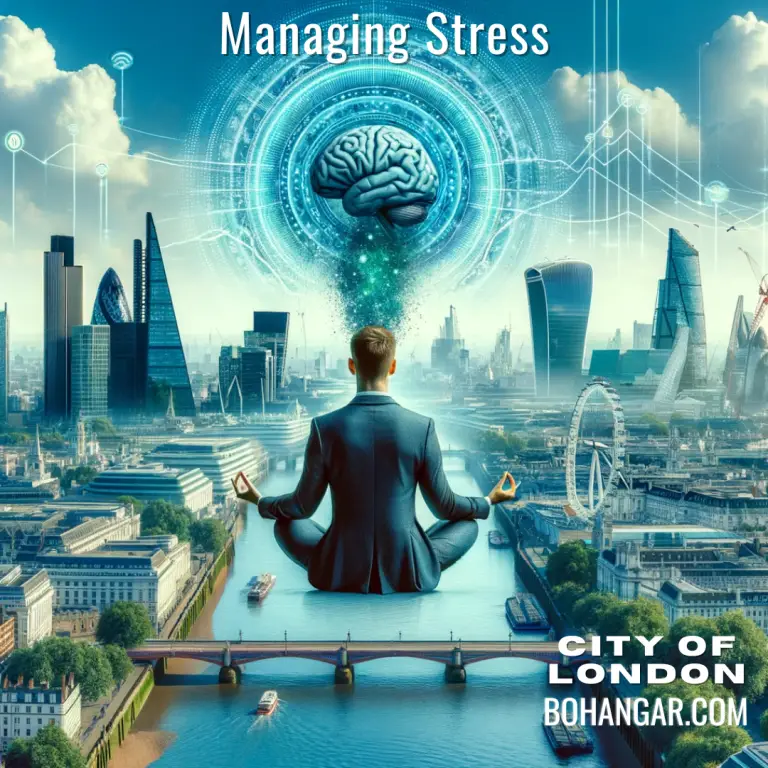There are in theory 2 ways make change happen, when change requires a level of political will to make it happen. Through the ballot box by voting in a party with an agreeable manifesto, or if you cannot wait up to 5 years, or even if there isn’t a political party with your change idea on their agenda, is to lobby your sitting member of parliament, and if your MP agrees with you, you have successfully found one voice in parliament who may be able to write a letter of support or seek out an urgent question to a government department.
History has illustrated that real change requires a significant amount of momentum to get traction, necessary as indeed we share these green and pleasant lands with over 65 million souls. So how did the suffragettes approach lend itself to building significant public pressure for change?
The Suffragettes where not the first protestors in history, but they are a group that is remembered for the outcome they achieved and not the methods they used to achieve them. Modern day activists have have followed similar strategies in affecting change by direct action, but probably to be fair to most fare minded ‘change seekers’ direct action is more attuned to delaying people from carrying out their daily business as opposed to leading to significant property damage or personal injury.
Rule 1: Change needs to be fundamentally supported by the public?
Fundamental change often takes place with a groundswell of pressure from the public, towards those elected to serve, the process is often slow and painful. It is also true that the public at large are unaware what change looks like or indeed if change is required. Simply obtaining public opinion is not enough, it is simply a necessary step, it is after all th epublic that will be paying the price of what ever change the government pushes through.
Public opinion is a fickle thing to measure, and each side will manipulate the data to suit their own respective agendas. The way of phrasing the question is key to effecting the response the public voice, the psychology of it is as old as the first advert for miracle tonic.
When Public Opinion for change is put down to ‘being misinformed’
When the political currency against change is high the level of force required to enact change is big, often bigger than the government itself, queue the music for the ‘Battle of Brexit’. The political will power was not there to dismantle the globalised view of Britain’s place in the world within the world of the European Union. Despite everything and the kitchen sink thrown into the remain and leave campaigns the public voice was eventually heard and delivered via the biggest single vote in the country’s history and then quite a few hatchet jobs thereafter. But not everything works out this way.
Take for example in 2003, 1,000,000 people march against the Iraq war in London, which was difficult to ignore. The display did not change government policy for the war, but history and future generations do have a habit of recording disapproval even when change was not enacted.
When the Press and / the Public do not agree with you
We must not forget the suffragettes in their day did not have the backing of the press, going back in the opposite direction to the original analogy you really do need to bring the public with you if your campaign of change is to be successful. They faced what must have seemed at the time a state apparatus that had no political will for change on the outcome the suffragettes were seeking.
Whose change is it anyway?
We are not talking about who is right or wrong here, we are simply talking about the fundamental question, how do you affect change in society. There are 2 views to every argument. Taking the example of the 1 million anti war march, there are over 50 million adults in the UK, lets do the maths 1/50 agree 49/50 had something else to do that day. The way the system is set out you are forced to accept the status quo or to accept new government ideology, whether that is Left, Right or centre of politics.
Activism, protesting, and direct action have gone to another level
, at effectively mobilising the public behind a single message, dominating that message across all media channels, getting corporations on the message to either change suppliers, take goods off shelves or change all their logo’s to match the ‘corporate-like’ message of the protest group. The message is also an education to the public, what is right and simply what is wrong and needs to be disregarded.
Do you feel protest groups are lecturing you?
These campaigns for change often quickly get associated with militant fringe group ideology, with embedded extreme Left or Right political viewpoints. Joe public buys the messaging but then loses sight of what they thought they were supporting in the first place, the spare 20 seconds of mental capacity the average person gives for free, was spent already and is not coming back any time soon.
In a modern democracy, healthy debate is good, Right? or is that Left?
The biggest criticism of this modern era of protest, activism, and direct action, is one of ‘No-platforming’ or ‘Drowning out’ all dissenting voices, to the point where the process of change actually clashes with your rights to express a view.
If you want to view examples of that, take a scan on YouTube over the last 15 years, Nigel Farage as a guest on Question Time, News channel interviews, etc. Ok, the Brexit question was an obvious one to pick on, but you can find any topic, find the dissenting voice in any of the big campaigns and see where those dissenting voices end up. botanist David Bellamy for climate change views, 1980s stand up comics, and the rest.
But change is good right, its progress and back to the central theme, change does not happen without an earthquake of direct action and pressure on lawmakers, but there is always a cost and that is something that should be considered, whether blocking a bridge is preferable to criminal damage or loss of freedom of expression as a price to pay not to offend is all up for debate as long as that debate is allowed to take place in a format that presents equal footing and a voice for all, whether it is the right voice or someone else with their own right voice.
Suffragette Activism: is there anything to learn from it?
The fundamental protest strategy of the suffragette movement is not too dissimilar if you take into account the speed at which t=news travelled back then. How did the Suufragtte cause compare to the other big-ticket causes of today?
It was a single-issue cause, no science, Rallies in big landmark areas Hyde park, Trafalgar square. The visitors’ gallery, the house of commons heckled MPs, chaining themselves to railings of Parliament or Buckingham Palace. Window smashing, damaging property, public art, targeting windows with rocks in downing street. Climbing over roofs, dropping into venues through skylights by rope. Causing arson, using explosives, using megaphones. Taking tea picnics in areas they were not supposed to be in. Protests, marches, hiding in buildings only to jump out and deliver their message sabotaging events. Sailing over things, using hot air balloons, hiring boats to broadcast their message.



